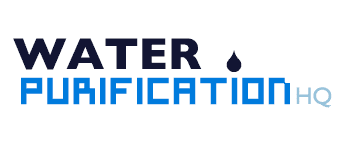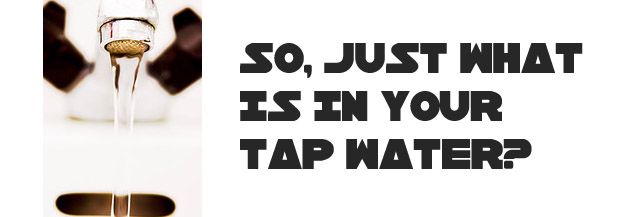We’ve talked about the effects of fluoride and chlorine in our drinking water. Some people may not consider those to be contaminants. Here we will take a look at a number of indisputable contaminants that are often found in tap water samples. Keep in mind, contaminants are found in varying amounts and with many of them, the EPA allows what they consider to be “safe levels.” In our opinion, trace amounts or not, it is best to avoid these contaminants altogether.
Cryptosporidium
Cryptosporidium is a microorganism that comes in a cyst form. It’s small size and the hard shell of the cyst make it very hard to remove from water on the municipal level. It can withstand high temperatures as well as chlorine. As a result, every now and then, crypto causes people to get sick (typically two weeks of awful diarrhea). Most of the water filters that are sold for the home do not remove cryptosporidium. Look to a reverse osmosis systems if you want to effectively remove this microorganism.
Arsenic
Arsenic in our drinking water has its origins in mining and other industrial activities in addition to pesticide use. Arsenic is toxic to humans and it is a cancer causing agent. Currently, the EPA allows arsenic in quantities of 10 parts per billion (ppb), but many organizations like the National Resources Defense Council, believe that number should be 3 parts per billion or less. This was a controversial political issue in the early part of the 2000’s as President Bush and many industry leaders wanted the number to go back to the pre-90’s level of 50 parts per billion. Due to public outcry and a damning study by the EPA that admitted to underestimating the cancer risk of Arsenic, the Bush administration kept the number at the 10 parts per billion set by President Clinton.
Lead
Lead is not considered safe in any quantity. Lead poisoning can cause brain damage and more generally lead can have harmful effects on blood pressure, the nervous system, and kidney function. Lead is easily removed by municipal water treatment centers, but it can reenter the water supply through old, corroding pipes on the way to your faucet. This is why it is critical to have some sort of water filter installed in your home!
Nitrates
Nitrates come from fertilizers and human and animal waste (think large factory farms). Infants and pregnant women are especially vulnerable to nitrate contamination. In fact, nitrate poisoning causes blue baby syndrome, which prevents the blood from absorbing oxygen. For a pregnant or nursing woman, nitrate exposure can cause a number of negative health consequences, including complications with infant brain development. The EPA allowed amount is currently set at 10 ppm, but many environmental groups and health experts believe that this should be lowered. According to the National Resources Defense Council, the current number leaves no room for error “since blue baby syndrome has been observed in infants who drink water containing nitrates at 12 parts per million or possibly lower concentrations.”
Pharmaceuticals
In recent years, small amounts of pharmaceutical drugs have been found in tap water samples. These residual quantities include antibiotics, sex hormones, and mood stabilizers, among other things. What’s more, many water treatment centers do not test for pharmaceuticals nor are they required to by law. While small trace amounts of pharmaceuticals may not have a one-off effect, the concern is that prolonged exposure to these substances will, over time, have negative effects on our body chemistry. For on this story, please read this probe from CBS News.
Microplastics
The presence of microplastics in water and indeed other areas of our environment was only flagged in 2018. But the problem is growing and it will be a runaway train if there are not serious changes made to consumption habits, manufacturing and public policy. The amount of secondary microplastics is exploding at an alarming rate. Please see our piece on microplastics for a more in depth exploration of what they are and how you can avoid them.
These are a few of the more common contaminants found in our drinking water. The good news is that you don’t need to come in contact with any of them. It’s possible to purify your tap water and avoid them entirely. Municipal tap water standards are low. Their baseline of what is safe and acceptable is never going to line up with yours. Do your due diligence and invest in a reverse osmosis system that will deliver safe and healthy water out of all your taps. If you can’t do that then source “raw” water locally.
Feel free to share you thoughts on tap water contaminants in the comments below. If you have any specific recommendations for filters or products, please let us know. Sharing the most up to date and current information on this topic is our priority.







{ 0 comments… add one }